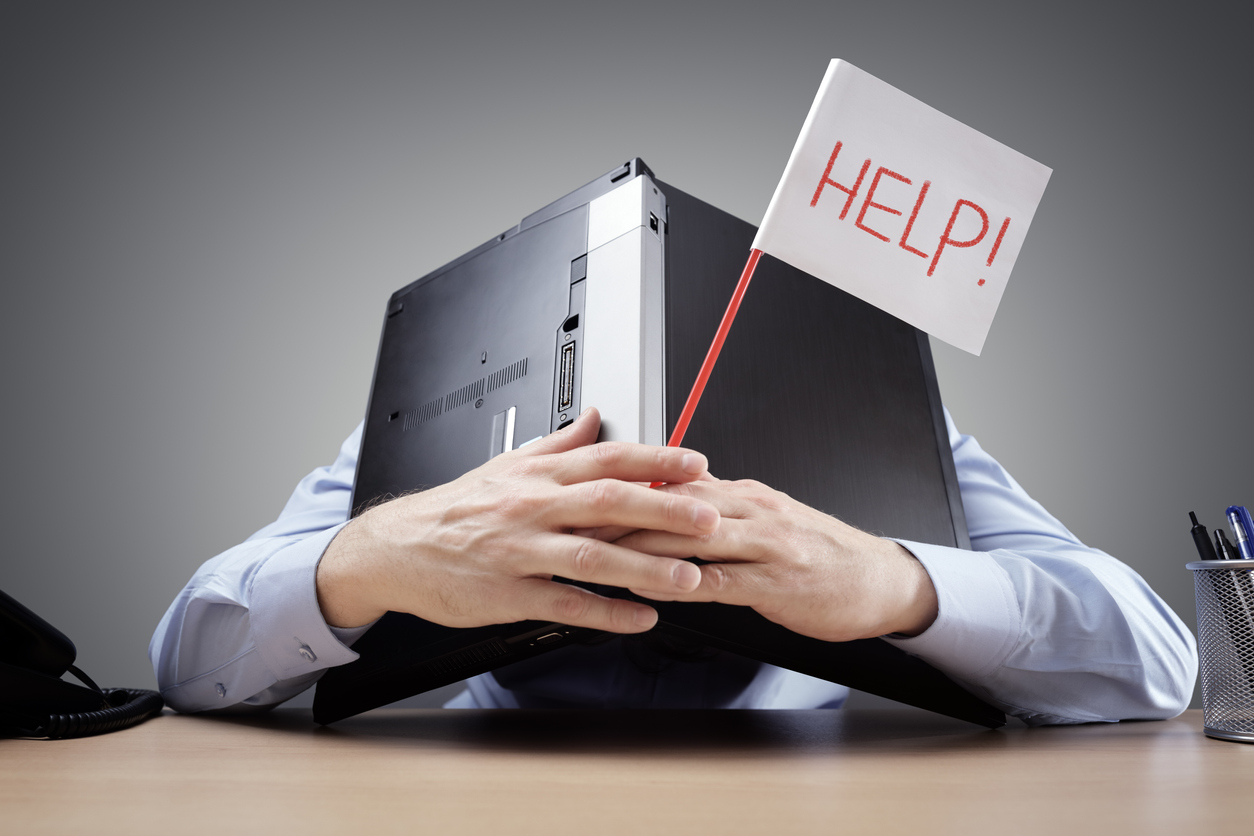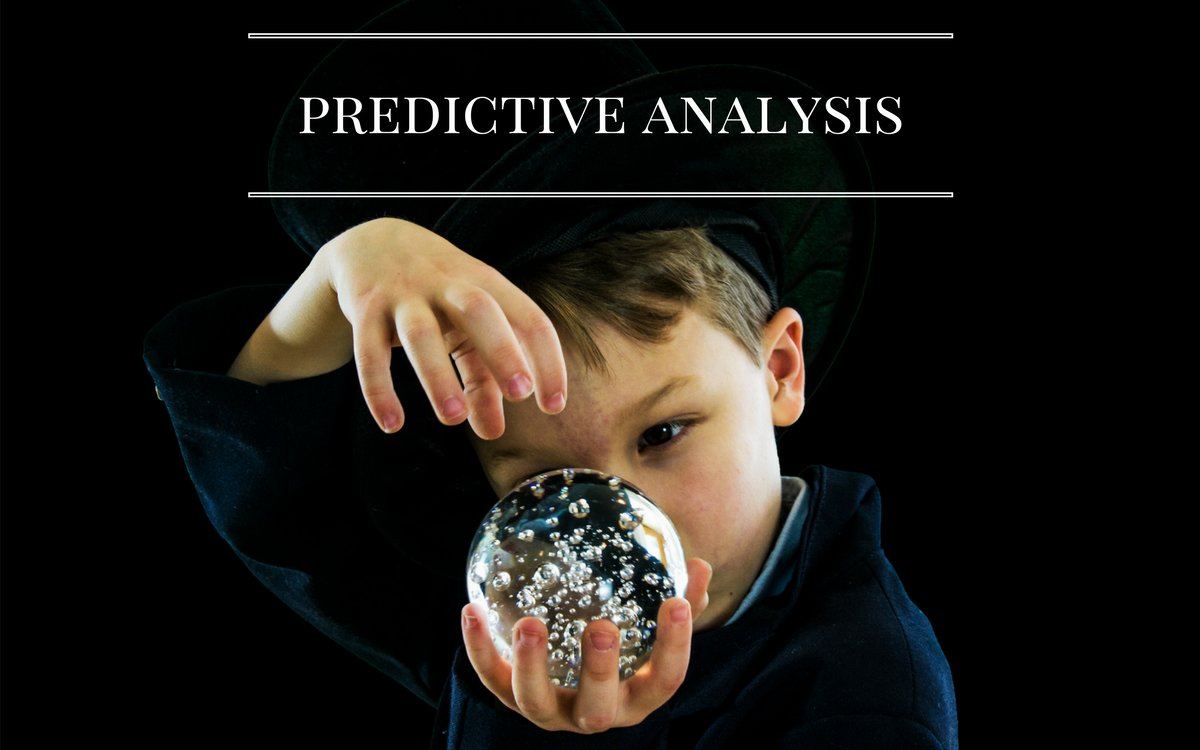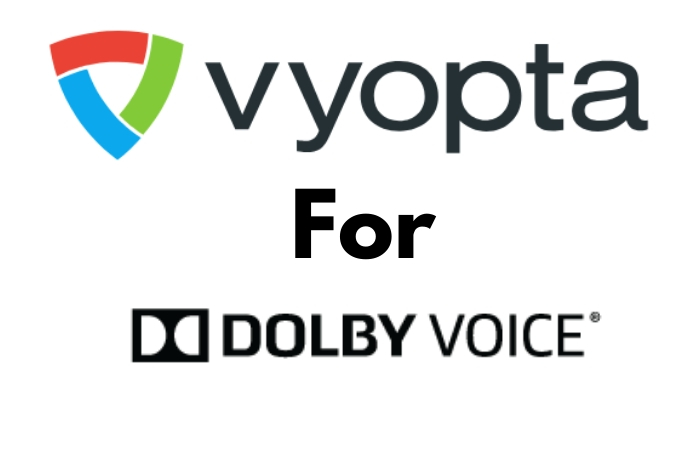With more research and data pointing to the hidden high costs of bad meetings – whether they be in-person, virtual or hybrid – there is a growing case for approaching every meeting as its own separate project that must meet the same standards put on deliverables promised to clients. That level of discipline and scrutiny is needed in the age of hybrid work, where the number of meetings taking place has continued to increase, and the negative effects on time, productivity and dollars lost make it vitally important to practice good meeting habits.
During a recent workshop with Vyopta staff Joe Allen, professor of industrial and organizational psychology at the University of Utah, gave his “must have” steps that managers and meeting organizers should satisfy both before and after a meeting to make it as beneficial as possible.
Allen advises meeting organizers to share the “why” of this proactive approach to meeting planning and execution, and points to recent research that shows tardiness and a late start to a meeting will snowball and create “suboptimal” disruptions for a subsequent meeting or meetings.
Allen’s unbreakable rules tied to good meeting habits:
- Convene on time, with everyone on time
- Prioritize widespread participation
- Practice active listening
- Wrap with an action plan
- Summarize decisions
- Get regular feedback
Allen said keeping participation top of mind is more important than ever during hybrid meetings where remote participants have fewer natural opportunities to offer their thoughts. Overlooking those on the other end of the video screen can cause disengagement and gradually lead to poor attendance for those who feel like secondary participants.
“You might have people on video, you might have people on the phone. You need to make sure that those who are not connected or not in the room don’t get lost,” Allen said.
“You forget about them because they’re not in your face. We have to retrain ourselves to make sure that we know everybody is there that you invited, and making sure that they get the chance to contribute. There are thoughts and ideas on the other end of those video screens, and that’s how innovation occurs, by getting everybody’s opinions and thoughts on the table.”
Good meeting habits require proactive thinking
Action is at the center of most good meeting habits. Active listening is in many ways the mirror practice of participation, and Allen said meeting leaders should take actions to process and capture what is being contributed by others, rather than treating those pauses as an interruption before they can return to presenting or leading the session.
Action plans are more likely to be effective and fully carried out if they are established at the end of a meeting, in large part because information and directions will be clearer and better anchored without other responsibilities competing for brain share as soon as attendees leave the meeting area.
“Don’t just let the action plans roll to the next time you gather together for your stand up meeting and realize we didn’t do anything that we said we were going to do,” he said. “Take the time so you can say here’s the actual action last time, did you do it? If you don’t do that, then you end up having the same meeting all over again to hash out the action items that should have happened previously.”
Alfredo Ramirez, Vyopta’s cofounder and CEO, said that the emphasis major companies such as Microsoft and Amazon are putting on optimizing employees’ digital experience will extend to making sure the collaboration technology in meeting areas and workspaces are as people friendly as possible. That means comprehensive data around room temperatures and proper oxygen levels to promote alertness is becoming essential.
“There’s a lot of research already behind the effects when there’s low levels of oxygen. Typically, it’s because a meeting has gone long and there’s a lot of CO2 in that closed room. Joking aside, there’s a lot of hot air in there after a while and you have to have breaks to let that out,” he said. “You start hearing about smart buildings, they’re putting more sensors in there so they can sense that.”
Learn how hybrid work is impacting office life and productivity.
Chad Swiatecki is a business writer and journalist whose work has appeared in Rolling Stone, Billboard, New York Daily News, Austin Business Journal, Austin American-Statesman and many other print and online publications. He lives in Austin, Texas and is a graduate of Michigan State University. Find him online on LinkedIn.








